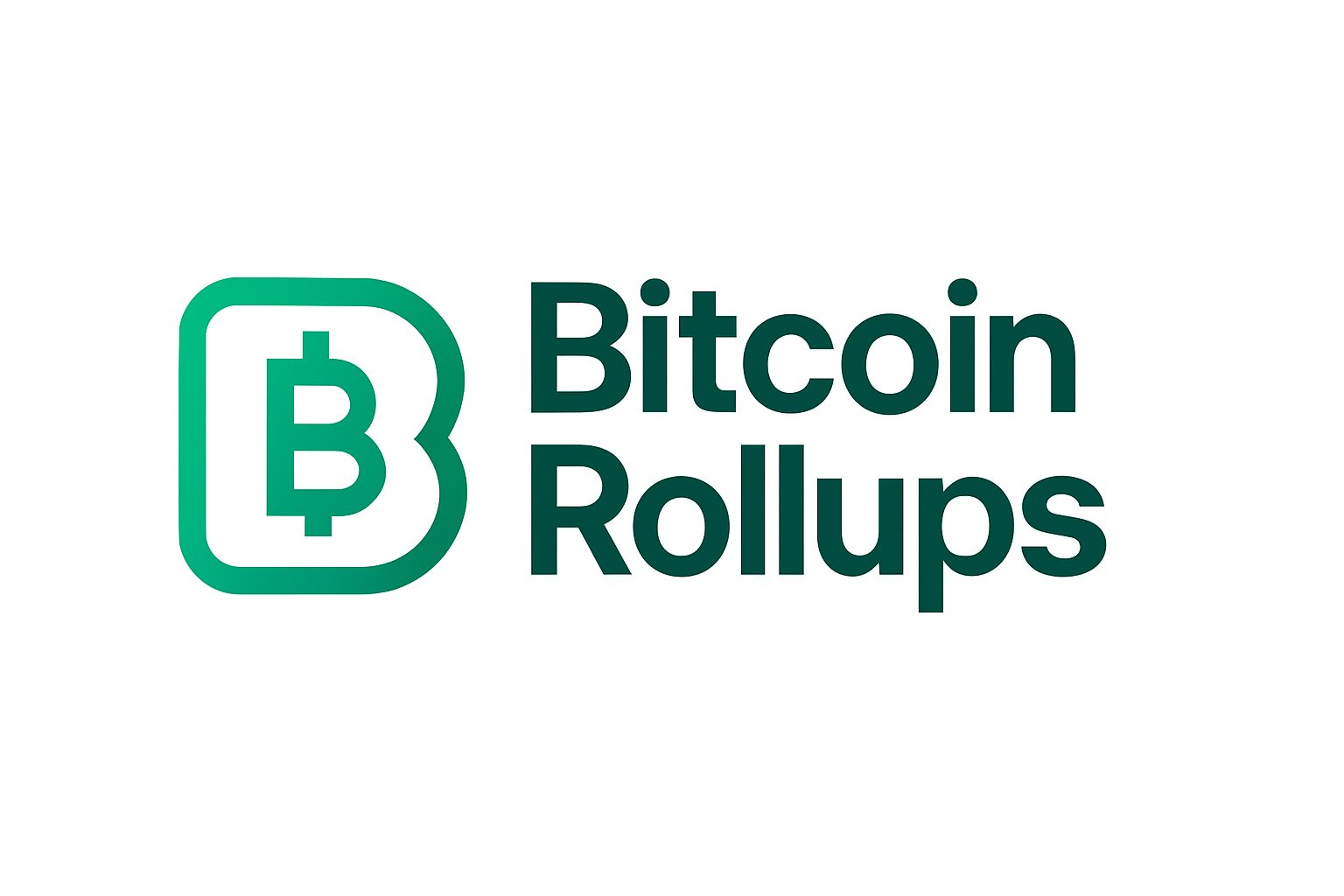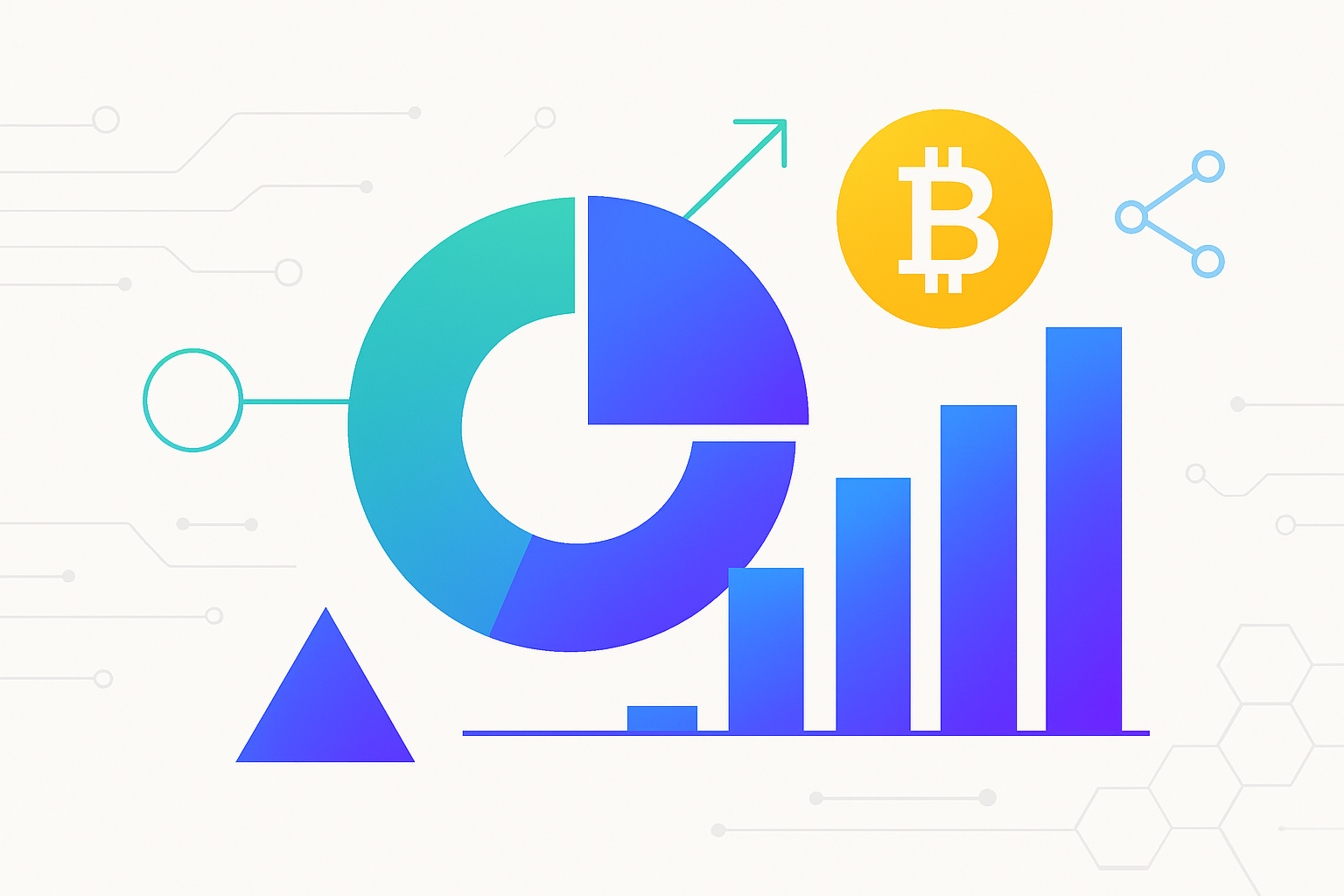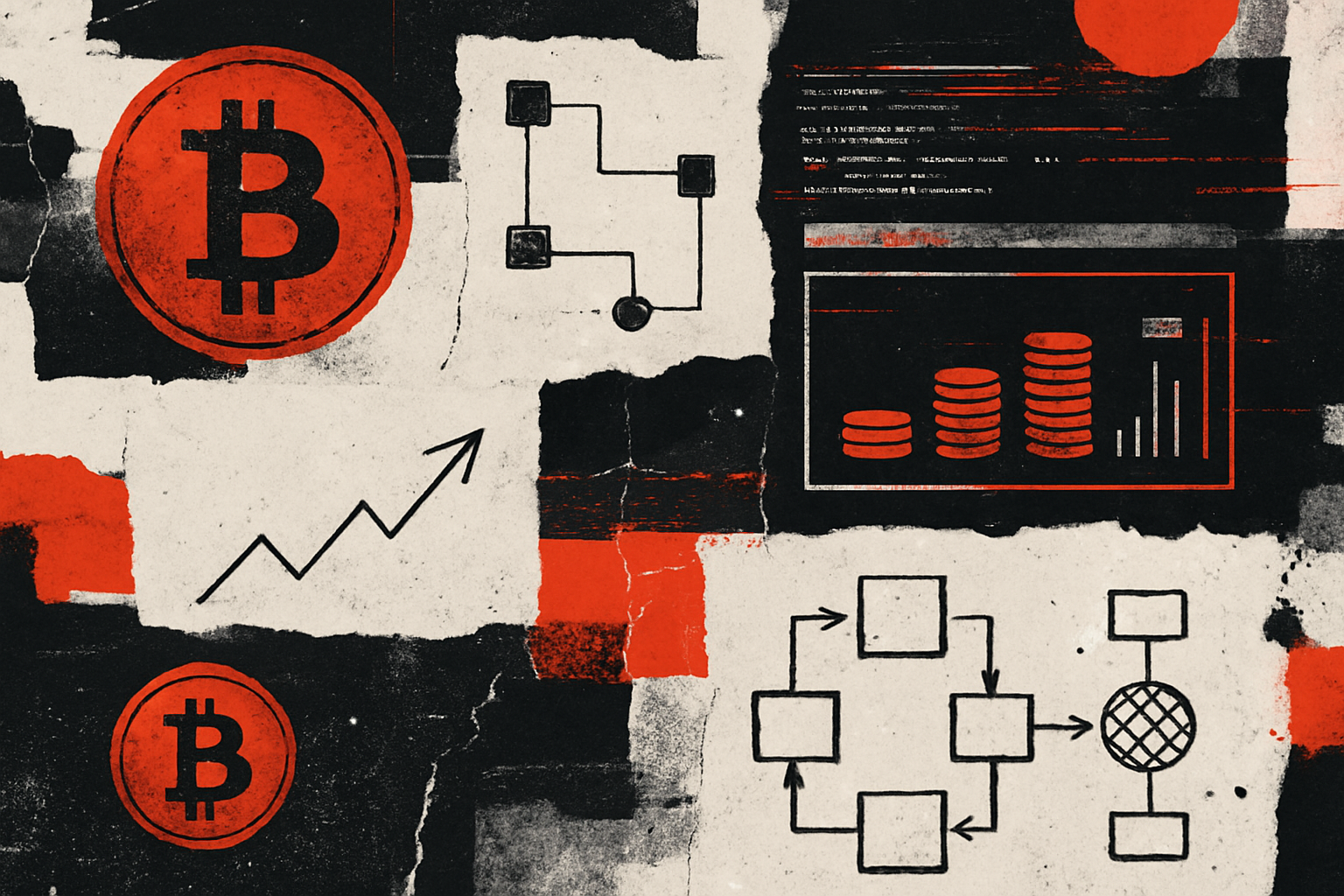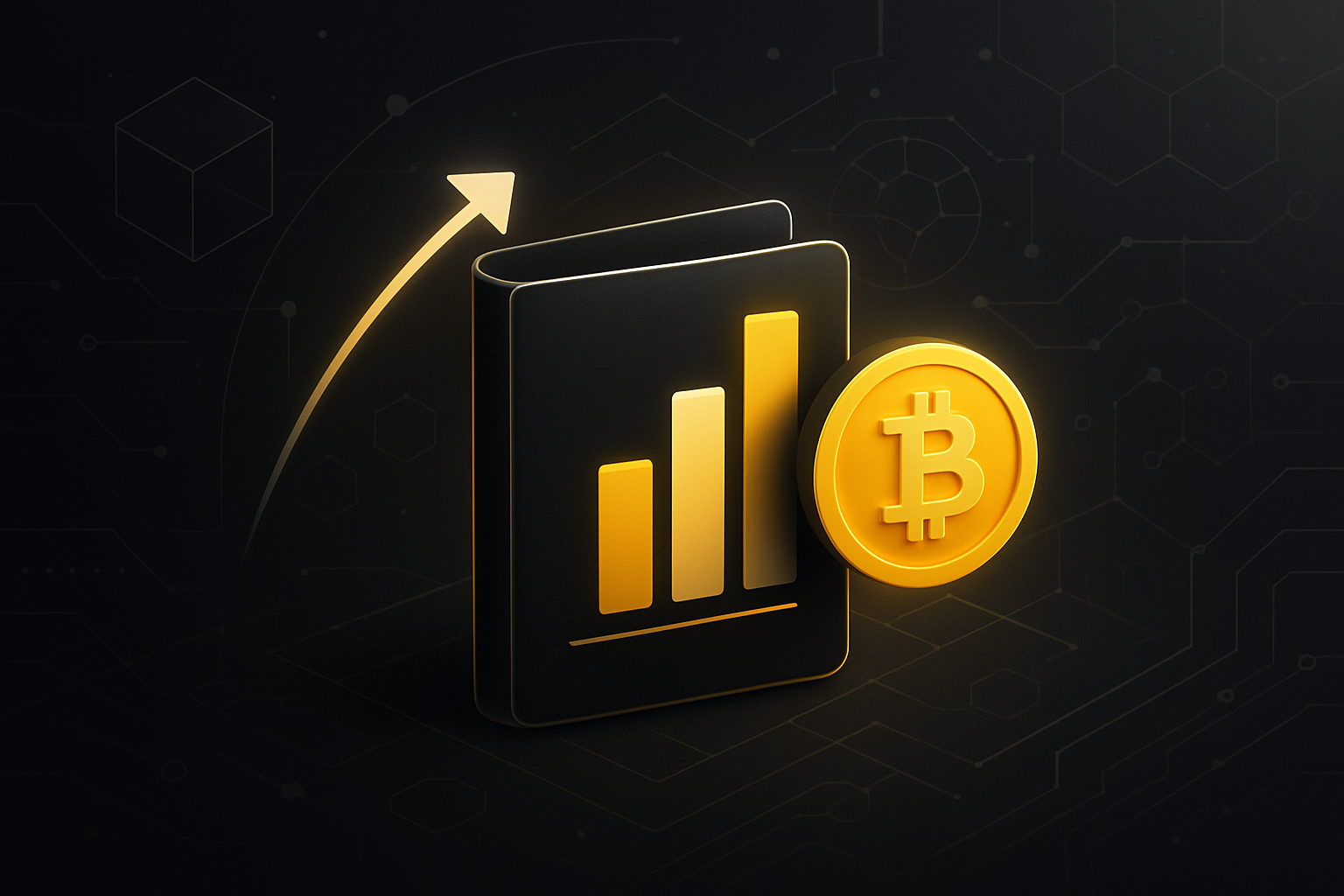
Bitcoin’s evolution from a passive store of value to an active, yield-generating asset has accelerated in 2024 and 2025, propelled by innovative protocols that bridge the gap between native Bitcoin security and decentralized finance (DeFi) opportunities. At the heart of this transformation are SolvBTC and the Staking Abstraction Layer (SAL) from Solv Protocol, both designed to unlock native Bitcoin yield across multiple blockchain ecosystems – all while maintaining liquidity and minimizing complexity for users.
Bitcoin at $110,024: The New Era of Yield Without Sacrificing Liquidity
With Bitcoin currently trading at $110,024.00, the pressure is on for holders to make their assets work harder. Traditionally, BTC was siloed as a non-productive asset: secure and scarce but unable to participate directly in DeFi or staking without cumbersome bridges or risky custodial solutions. The recent breakthrough comes from Solv Protocol’s Staking Abstraction Layer (SAL), which enables true cross-chain BTC yield strategies without giving up control or liquidity.
The SAL framework standardizes how Bitcoin can be staked across various blockchains and DeFi protocols. Instead of locking BTC away in a single protocol or wrapping it through opaque custodians, SAL abstracts this process so users can access diverse yield streams – such as lending markets, validator rewards, or even emerging BTCFi products – all with a single interface. This means Bitcoin holders are no longer limited to passive appreciation; they can earn dynamic yields natively while retaining full flexibility over their assets.
SolvBTC: Liquid Staking for the World’s Most Valuable Digital Asset
SolvBTC is the flagship product leveraging SAL’s capabilities. It acts as a liquid representation of Bitcoin: every SolvBTC is backed 1: 1 by real BTC and can move freely across supported chains. When users stake their BTC via Solv Protocol, they receive SolvBTC tokens in return. These tokens can then be used within DeFi applications – from liquidity pools to lending platforms – generating additional returns on top of the base staking yield.
This approach solves two major pain points:
- No loss of liquidity: Users can deploy their staked BTC into new opportunities without waiting periods or withdrawal restrictions.
- Simplified cross-chain integration: Whether you’re on Ethereum, BNB Chain, or any other integrated ecosystem, SolvBTC maintains its value and utility thanks to SAL’s unified staking logic.
The result is an explosion in capital efficiency for Bitcoin holders who now have access to strategies previously reserved for more flexible assets like ETH or stablecoins.
SAL Framework: Standardizing Cross-Chain Bitcoin Staking
The technical magic behind these innovations lies in SAL’s abstraction layer. By integrating with multiple validators and protocols under one standardized system, SAL removes friction for both developers and end-users. Instead of navigating bespoke interfaces or worrying about incompatible smart contracts between chains, participants interact with a single protocol that manages delegation, reward distribution, and security guarantees.
This abstraction not only democratizes access to advanced DeFi strategies but also enhances composability within the broader crypto ecosystem. Developers can build on top of SAL-enabled assets like SolvBTC without reinventing the wheel each time they want to support cross-chain staking or liquid rewards mechanisms.
For investors eyeing current market dynamics – with Bitcoin maintaining its position above $110,000 – these tools represent a critical upgrade in how value is extracted from holding BTC. Rather than simply hoping for price appreciation alone, users now have robust tools for earning sustainable returns while keeping exposure to native Bitcoin security.
Bitcoin (BTC) Price Prediction 2026-2031: Impact of Cross-Chain Staking and Yield Abstraction
Forecasts reflect the transformative effects of SolvBTC, Staking Abstraction Layer (SAL), and DeFi integration on Bitcoin’s price trajectory.
| Year | Minimum Price | Average Price | Maximum Price | Year-over-Year Change (Avg) | Key Market Scenario |
|---|---|---|---|---|---|
| 2026 | $96,000 | $125,000 | $156,000 | +13.6% | Post-SAL adoption, yield-driven inflows, but potential volatility as regulatory clarity emerges |
| 2027 | $110,000 | $144,000 | $182,000 | +15.2% | Increased institutional adoption, higher DeFi integration, moderate macroeconomic headwinds |
| 2028 | $128,000 | $168,000 | $210,000 | +16.7% | Mainstream DeFi participation, BTC as both SoV and yield asset, early global regulatory harmonization |
| 2029 | $148,000 | $196,000 | $244,000 | +16.7% | Bullish cycle, mature cross-chain yield markets, competitive altcoin landscape |
| 2030 | $172,000 | $230,000 | $288,000 | +17.3% | Peak cycle, Bitcoin as foundational DeFi collateral, possibility of ETF-like products for SolvBTC |
| 2031 | $158,000 | $210,000 | $265,000 | -8.7% | Cycle correction, global regulatory tightening, but robust DeFi and staking ecosystem |
Price Prediction Summary
Bitcoin is forecasted to experience significant price appreciation from 2026 to 2030, driven by the adoption of SolvBTC, SAL, and multi-chain staking. The introduction of native yield opportunities is expected to attract both retail and institutional capital, transforming BTC from a passive store of value to an active DeFi asset. After reaching a projected peak in 2030, a moderate correction is anticipated in 2031 as market cycles mature and regulatory scrutiny increases.
Key Factors Affecting Bitcoin Price
- Widespread adoption of SolvBTC and SAL, unlocking BTC’s utility in DeFi and yield generation.
- Institutional participation in cross-chain staking and DeFi protocols.
- Regulatory developments, including potential global frameworks for DeFi and digital assets.
- Macroeconomic factors such as inflation, interest rates, and geopolitical risks.
- Competition from other yield-generating assets and blockchain platforms.
- Technological improvements in cross-chain interoperability, security, and scalability.
- Potential for new Bitcoin ETF-like products incorporating yield-bearing BTC (e.g., SolvBTC).
Disclaimer: Cryptocurrency price predictions are speculative and based on current market analysis.
Actual prices may vary significantly due to market volatility, regulatory changes, and other factors.
Always do your own research before making investment decisions.
As we look deeper into the mechanics of SolvBTC and the Staking Abstraction Layer, it becomes clear that these innovations are not just incremental upgrades. They’re redefining what’s possible for Bitcoin holders in a multi-chain world. The SAL framework ensures that staking is no longer a fragmented or risky endeavor. Instead, it’s a streamlined process that maintains Bitcoin’s core principles of self-custody, transparency, and security while opening doors to yield-generation previously out of reach for BTC maximalists.
One of the most compelling aspects is how SolvBTC acts as a passport for capital mobility. Holders can seamlessly move their assets between chains and protocols, chasing the best yields or new DeFi primitives as they emerge, all without sacrificing their claim on native BTC. This cross-chain fluidity is essential as DeFi ecosystems continue to diversify; liquidity can now flow where it’s most productive, amplifying returns and reducing idle capital risks.

This transformation also benefits institutional players who have historically been wary of DeFi’s fragmented landscape. With standardized staking logic and transparent auditing via SAL, compliance teams gain confidence in the integrity of these systems. Meanwhile, retail users enjoy simplified interfaces and reduced technical overhead, no more jumping through hoops or worrying about which bridge protocol is safest this week.
The Impact on Bitcoin DeFi Strategies
For strategists and portfolio managers, SolvBTC unlocks a new layer of flexibility in constructing yield-bearing positions. Imagine allocating BTC to lending pools on one chain while simultaneously staking for validator rewards on another, all managed through a single protocol interface powered by SAL. This kind of composability was previously exclusive to Ethereum-native assets but is now accessible directly with Bitcoin at $110,024.00.
The implications go beyond just higher yields. As more protocols integrate SAL and support SolvBTC as collateral or liquidity, the network effects compound: greater adoption leads to deeper liquidity pools, tighter spreads, and more robust risk management tools for everyone involved.
Real-World Yield Streams: What’s Available Now?
Currently, users can access:
- Lending markets: Supply SolvBTC to money markets across chains for competitive interest rates.
- Validator staking: Delegate via SAL to earn native chain rewards without manual bridging.
- Bespoke BTCFi products: Participate in structured products tailored for Bitcoin-based risk/return profiles.
This diversity means your BTC isn’t just sitting idle, it’s actively working across multiple DeFi verticals at once.
The introduction of liquid BTC staking also sets the stage for advanced strategies like delta-neutral farming or leveraged yield loops (for those with the risk appetite), all while maintaining exposure to Bitcoin’s upside potential at current price levels.
What Comes Next?
With major protocols already adopting SAL standards and SolvBTC gaining traction as a universal cross-chain asset, expect further integrations with leading DeFi platforms throughout 2025. We’ll likely see new primitives built around composable BTC liquidity, think options vaults, structured notes, or even real-world asset bridges denominated in Bitcoin rather than stablecoins.
The upshot: holding Bitcoin no longer means missing out on DeFi yields or advanced portfolio construction techniques. Thanks to innovations like Solv Protocol’s Staking Abstraction Layer and liquid staking via SolvBTC, anyone, from individual investors to DAOs, can unlock productive use cases for their BTC without giving up control or security.






